Cracking the Code: Unraveling the Mysteries of Food Labels
Food labels can be a maze of cryptic terminology and scientific jargon, leaving many of us puzzled when we try to decipher what's really in our food. With the rise of health consciousness and dietary restrictions, understanding food labels has become more important than ever. This guide aims to demystify food labels, offering insights into what those ingredients and additives really mean, so you can make more informed choices about what you put on your plate.
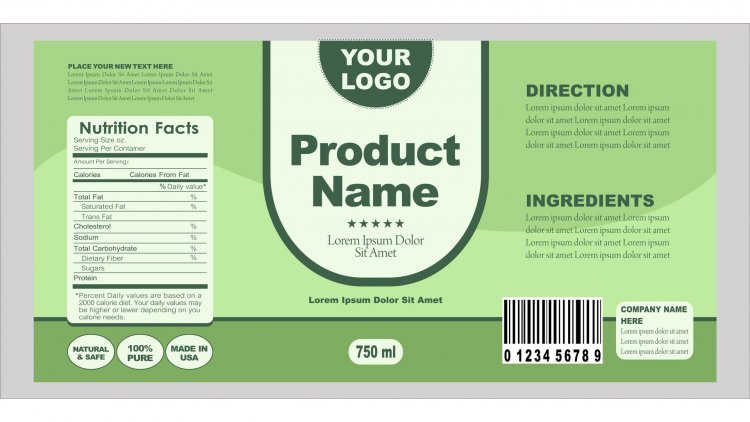
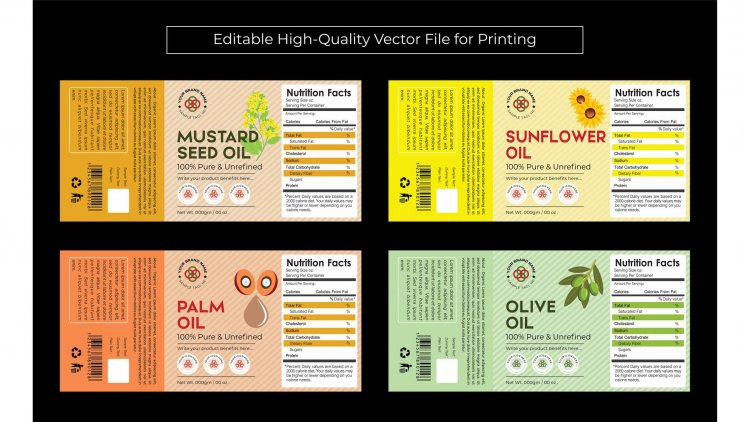
The Anatomy of a Food Label
At first glance, a food label might seem like a jumble of text and numbers. However, it’s a treasure trove of information once you know how to read it. Here’s a breakdown of the key components:
- Ingredient List
The ingredient list shows all the components that make up the food product, listed in descending order by weight. This means the first ingredient is the most prevalent, and the last is the least. Understanding this list helps you determine the main components of the product and spot any potential allergens or unwanted additives. - Nutrition Facts
This section provides information on the nutritional content of the product, including calories, fat, carbohydrates, protein, and essential vitamins and minerals. It also details the percentage of daily values based on a standard 2,000-calorie diet, which helps you gauge how a food item fits into your overall dietary needs. - Serving Size
The serving size is crucial for understanding the nutritional information. It tells you how much of the product is considered one serving, which helps in comparing similar products and managing portion control. - Claims and Certifications
Food labels often feature claims like "organic," "gluten-free," or "low fat," along with certifications from organizations like USDA Organic or Non-GMO Project. These claims can give insights into the product's qualities but should be interpreted carefully, as they do not always guarantee overall health benefits.
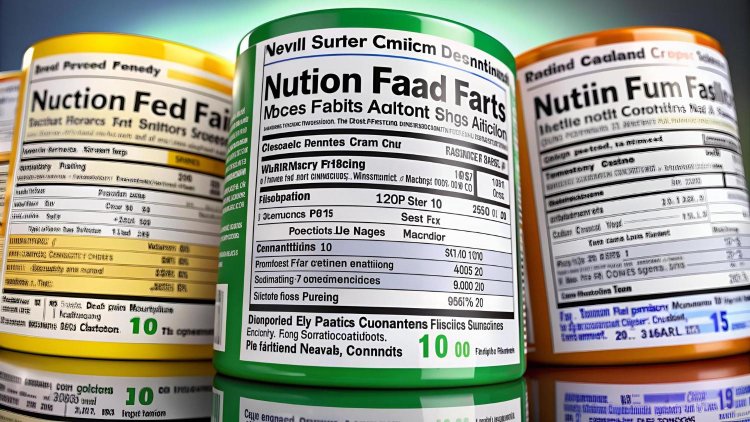
Decoding the Ingredient List
Ingredient lists can be dense and full of technical terms, but breaking them down can give you a clearer picture of what you’re consuming.
- Natural vs. Synthetic
Ingredients are often categorized as natural or synthetic. Natural ingredients come from plant or animal sources, while synthetic ones are man-made. For example, “natural flavor” can be derived from real fruit or be a complex concoction of chemicals created in a lab. Understanding the difference can help you make better choices, especially if you prefer to avoid artificial additives. - Additives and Preservatives
Additives are substances added to food to enhance flavor, texture, or shelf life. Preservatives help prevent spoilage and extend the product's shelf life. Common additives include sodium benzoate and high fructose corn syrup. While many additives are deemed safe by food safety authorities, some people prefer to avoid them due to potential health concerns. - Allergens
Common allergens such as peanuts, dairy, soy, and gluten are usually highlighted in bold or listed separately to alert consumers with allergies. Familiarizing yourself with these can help avoid accidental exposure and ensure safer food choices. - Unfamiliar Terms
You may come across unfamiliar terms like “xanthan gum” or “carrageenan.” These are often used as thickening agents or stabilizers. Researching these ingredients can provide insights into their purpose and potential effects on health.
The Impact of Food Labels on Health
Understanding food labels can significantly impact your health and wellness. Here’s how:
- Managing Dietary Restrictions
For individuals with specific dietary needs or restrictions—such as those with diabetes, celiac disease, or lactose intolerance—food labels are indispensable. They help identify which products fit within dietary guidelines and which should be avoided. - Making Healthier Choices
By analyzing nutrition facts and ingredient lists, you can make better decisions about what to eat. For instance, comparing the sugar content in different brands of yogurt or choosing products with fewer artificial additives can lead to healthier eating habits. - Avoiding Misleading Claims
Food labels can sometimes be misleading. For instance, a product labeled as “low fat” might be high in sugar. Learning to read labels critically helps avoid falling for marketing gimmicks and ensures that you’re making choices that align with your health goals. - Understanding Nutrition
A clear understanding of nutrition facts helps in balancing your diet. For instance, knowing the difference between types of fats (saturated vs. unsaturated) and understanding their effects on health can guide you in choosing healthier options.
Common Misconceptions About Food Labels
Despite their importance, food labels are often misunderstood. Here are a few common misconceptions:
- “Organic” Means Healthy
While organic products are grown without synthetic pesticides or fertilizers, they’re not necessarily healthier. An organic cookie is still a cookie and can be high in sugar and fats. It’s essential to look beyond the organic label and consider the overall nutritional profile. - “No Added Sugar” Means No Sugar
Products labeled as “no added sugar” may still contain naturally occurring sugars. For example, fruit juices might not have added sugars but still contain high levels of natural sugars, which can affect blood sugar levels. - “Gluten-Free” Equals Low-Calorie
Gluten-free products are designed for those with celiac disease or gluten sensitivity, but they’re not always lower in calories or healthier. Often, gluten-free alternatives use higher amounts of fat or sugar to improve texture and taste. - “Natural Flavors” Are Always Safe
Natural flavors can be derived from various sources, some of which might not be as healthful as they seem. While they are derived from natural sources, they can still be processed and contain additives.
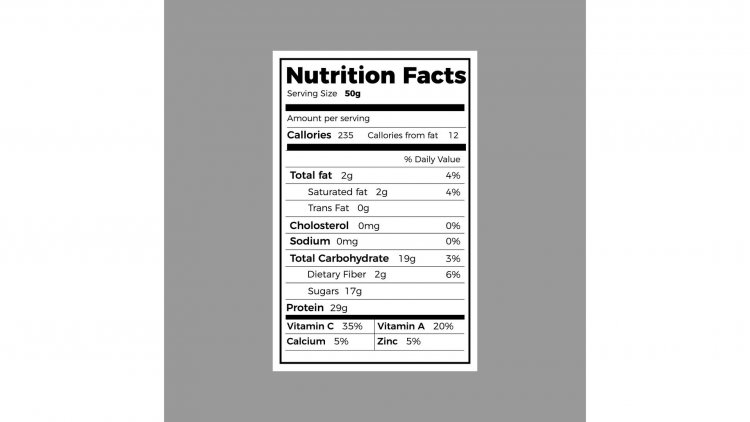
Key Nutrients to Watch For
- Sodium
Excessive sodium intake can lead to high blood pressure and other health issues. Monitoring sodium levels in packaged foods helps manage your intake and maintain cardiovascular health. - Sugars
Both added sugars and natural sugars contribute to calorie intake. Managing sugar consumption is crucial for preventing obesity and related health problems such as diabetes. - Fats
Not all fats are created equal. Saturated and trans fats are associated with heart disease, while unsaturated fats can be beneficial. Understanding the types of fats in your food helps in making healthier choices. - Fiber
Fiber aids in digestion and can help in controlling blood sugar levels. A diet rich in fiber supports overall health and can be beneficial for weight management.
Navigating Health Claims and Certifications
Food labels often include various health claims and certifications. Here’s how to interpret them:
- USDA Organic
This certification means that the product meets the USDA’s standards for organic farming. It indicates that the product is made with at least 95% organic ingredients, but it does not necessarily mean it is more nutritious. - Non-GMO Project Verified
Products with this label have been tested and verified to not contain genetically modified organisms (GMOs). While GMOs are a topic of debate, this certification helps those who wish to avoid GMOs for personal or environmental reasons. - Fair Trade Certified
This certification ensures that the product meets certain social, economic, and environmental standards. It often supports fair wages and ethical practices in the supply chain. - Gluten-Free Certification
This indicates that the product has been tested to ensure it contains less than 20 parts per million (ppm) of gluten, making it safe for those with gluten sensitivity or celiac disease.
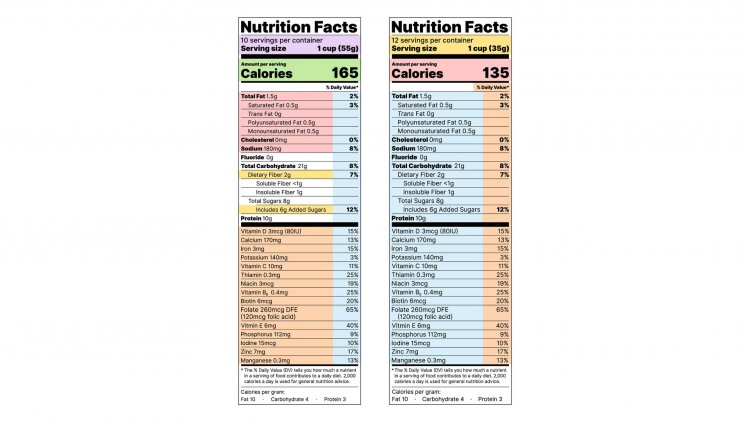
Beyond the Surface: Diving Deeper into Food Labels and Their Secrets
Having explored the basic components of food labels and their significance, it's time to delve deeper into the intricate world of additives, preservatives, and food certifications. Understanding these elements not only enhances your ability to make healthier choices but also equips you with the knowledge to navigate the complexities of modern food products.
Unveiling Additives and Preservatives
Food additives and preservatives play critical roles in extending shelf life, enhancing flavor, and improving texture. However, their safety and health impacts are often subjects of debate. Here’s an in-depth look at some common additives and preservatives:
- Artificial Sweeteners
Artificial sweeteners like aspartame, sucralose, and saccharin are used to provide sweetness without the calories associated with sugar. While they are generally recognized as safe by regulatory bodies, some studies suggest potential links to health issues such as metabolic syndrome and altered gut microbiota. It’s advisable to use these sweeteners in moderation and stay informed about ongoing research. - Sodium Nitrate and Sodium Nitrite
These preservatives are commonly found in processed meats such as bacon, sausages, and deli meats. They help prevent bacterial growth and maintain color. However, they can form nitrosamines in the body, which are potential carcinogens. Opting for nitrate-free products can help mitigate potential risks. - High Fructose Corn Syrup (HFCS)
HFCS is a sweetener made from corn starch and is prevalent in sugary beverages and processed foods. It’s associated with increased risk of obesity and metabolic syndrome. Many health experts recommend reducing HFCS intake and choosing products with natural sweeteners. - Monosodium Glutamate (MSG)
MSG is a flavor enhancer found in many savory processed foods. While it enhances taste, some individuals report sensitivity to MSG, experiencing symptoms like headaches and nausea. For those who are sensitive, choosing MSG-free products is advisable. - Carrageenan
Derived from seaweed, carrageenan is used as a thickening agent in dairy and plant-based products. While considered safe by regulatory agencies, some studies suggest it may cause gastrointestinal inflammation. Opting for products without carrageenan or those labeled as "carrageenan-free" can be a better choice for sensitive individuals.
Exploring Food Certifications
Food certifications often appear on labels to signify adherence to specific standards or practices. Understanding these certifications helps you make choices aligned with your values and dietary needs.
- USDA Organic
The USDA Organic label signifies that the product is made with at least 95% organic ingredients and adheres to organic farming practices. Organic foods are grown without synthetic pesticides, fertilizers, or genetically modified organisms (GMOs). However, it's important to note that organic does not necessarily equate to healthier; it means the farming practices meet organic standards. - Non-GMO Project Verified
This certification ensures that the product has been tested and is free from genetically modified organisms. For those concerned about GMOs, this label provides reassurance that the product meets rigorous testing and verification standards. - Fair Trade Certified
Fair Trade certification indicates that the product was produced under fair labor practices, ensuring that workers receive fair wages and work in safe conditions. This certification supports sustainable and ethical practices in the supply chain, benefiting both producers and consumers. - Gluten-Free Certification
Products with a gluten-free certification have been tested to ensure they contain less than 20 parts per million (ppm) of gluten. This label is crucial for individuals with celiac disease or gluten sensitivity, providing a reliable guarantee that the product is safe for their consumption. - Kosher Certification
The kosher certification indicates that the product adheres to Jewish dietary laws. This certification covers various aspects, including the types of ingredients used and the processing methods. For those following a kosher diet, this label ensures the product meets specific religious standards.
Practical Tips for Effective Label Reading
- Prioritize Whole Foods
While understanding labels is important, focusing on whole, unprocessed foods is often the best approach for a healthy diet. Fruits, vegetables, whole grains, and lean proteins generally don’t require labels and are naturally free from additives and preservatives. - Compare Similar Products
When choosing between similar products, compare their labels to assess which option has fewer additives, lower sugar content, or better nutritional value. This comparison can help you make healthier choices without relying solely on marketing claims. - Be Wary of Health Claims
Marketing terms such as “natural,” “light,” or “free” can be misleading. Always read the ingredient list and nutritional facts to understand the true content of the product. For example, “light” might refer to reduced fat but could still be high in sugar. - Educate Yourself on Common Additives
Familiarize yourself with common food additives and their potential effects. Knowing which additives you prefer to avoid and understanding their purposes can help you make informed decisions when shopping. - Utilize Online Resources
Several online resources and apps can help you decipher food labels and make healthier choices. Tools like the Fooducate app or various online databases can provide detailed information about ingredients and their effects.
Understanding food labels is more than just a skill—it's a crucial aspect of making informed dietary choices. By learning to decode ingredient lists, interpret nutritional information, and recognize the significance of certifications and additives, you empower yourself to navigate the complex landscape of modern food products. This knowledge not only supports healthier eating habits but also helps you align your food choices with your personal health goals and ethical values.
Navigating the world of food labels may initially seem daunting, but with practice and knowledge, it becomes an invaluable tool in managing your health and making better food choices. As you become more adept at reading labels, you’ll find yourself better equipped to make decisions that support your well-being and dietary preferences.
Disclaimer: The information provided in this article is for educational purposes only and should not be considered medical advice. If you have any health concerns or are experiencing symptoms, it is important to consult with a healthcare professional, such as a doctor or clinic, for proper diagnosis and treatment. Always seek the advice of your doctor or other qualified health provider with any questions you may have regarding a medical condition. Do not disregard professional medical advice or delay in seeking it because of something you have read in this article.
What's Your Reaction?





















